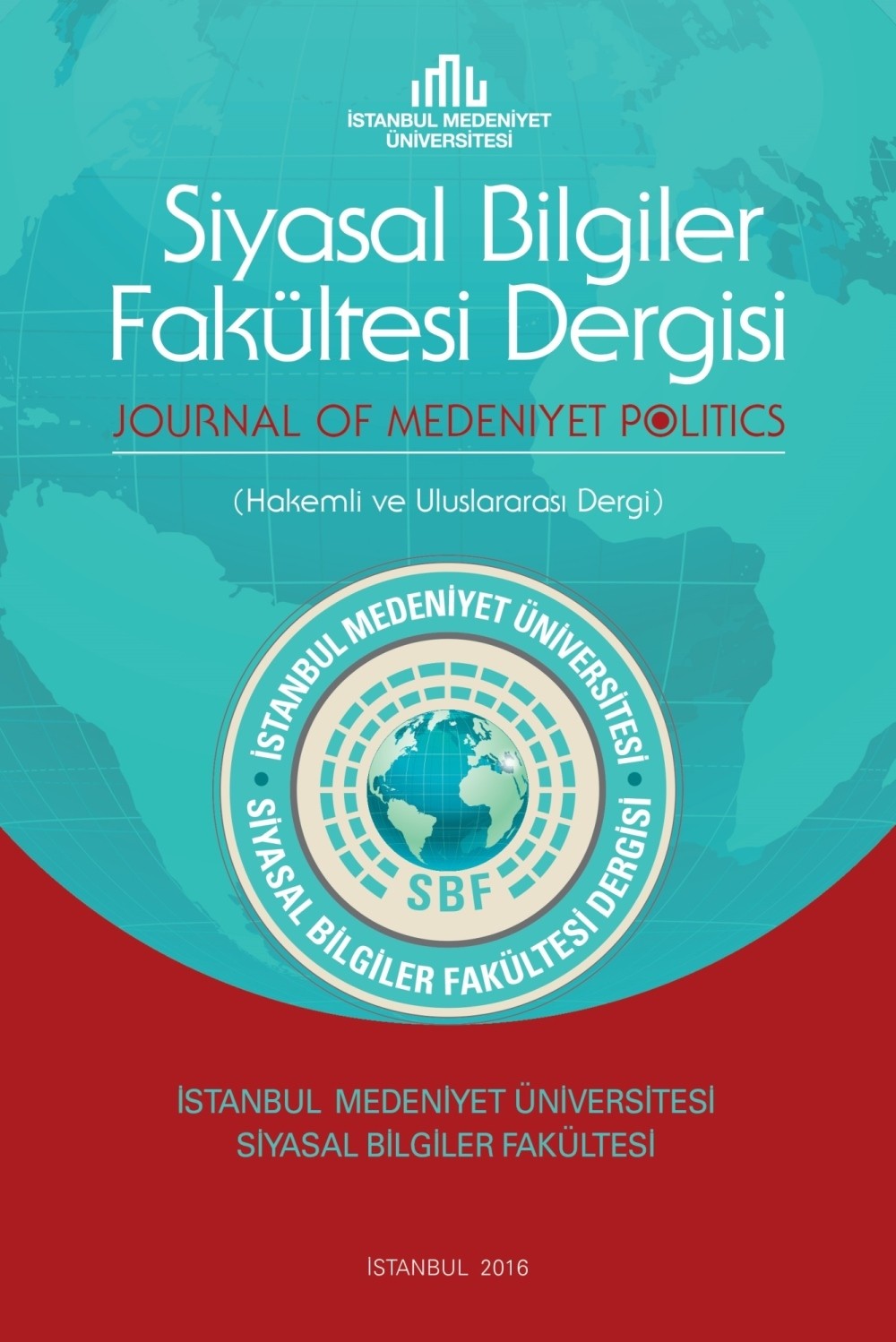Fransa’nın Yok Sayılan Kara Tarihinden Bir Kesit: 100. Yılında Unutulmuş Kub Kub Katliamı
Çad Cumhuriyeti, Vadây, Abeşe, Kub Kub Katliamı, Sömürgecilik, Fransa
A Period from ignored shame history of France: The Cut-Cut Massacre, which was forgotten in its 100th Anniversary
The Republic of Chad, Vadai, Abeche, The Cut Cut Massacre, Colonialism, France,
___
- Başbakanlık Osmanlı Arşivi (BOA), İstanbul, Türkiye BOA. BEO. 3924/294229, 09/Ş/1329 (3 Ekim 1911).
- Centre des archives d’Outre-mer (CAOM), Aix-en-Provence, Fransa CAOM. 4(4)D10. Rapport du Chef de Bataillon Hilaire sur la répression de l’insurrection Kodoï (1911).
- CAOM. 4(4)D17. Rapport Annuel 1917. Colonel Ducarre à Gouverneur Général. Brazzaville.
- CAOM. 4(4)D17. Lettre 84/G du 13 novembre 1918. Ducarre à Gouverneur Général.
- Davud, M. Muhammed. el-Lüğa. Basım yeri yok, 2016.
- Doutoum, Mahamat Adoum. Abéché, 15 novembre 1917, Chronique d’un massacre au coupe-coupe. Université de N’Djamena, N’Djamena: Centre Al Mouna, 1997.
- Ercan, Yavuz. “Seyyid Mehmed Emin Vahid Efendi’nin Fransa Sefaretnamesi.” AÜ Osmanlı Tarihi Araştırma ve Uygulama Merkezi Dergisi (OTAM). S. 2, Ankara 1991: 73-125.
- Favre, Johanne. “La présence occidentale au Ouaddaï: Eléments pour comprendre la crise tchadienne.” Bulletin n° 4 d’information des adhérents. Octobre 2008: 1-2.
- Hilaire, Jean. Du Congo au Nil - Ouadaï… 5 ans d’arrêt. Marseille: Editions de l’ASCG, 1930.
- Kavas, Ahmet. “Afrika’nın Sömürgeleştirilmesi Öncesinde Rabih b. Fazlullah’ın Kurduğu Son Bilâdü’s-Sudan Devleti ve Fransa’yla Mücadelesi.” Osmanlı Araştırmaları. S. XX. İstanbul 2000: 9-35.
- Kavas, Ahmet. Geçmişten Günümüze Afrika. II. Baskı. İstanbul: Kitabevi, 2017.
- Khayar, Issa Hassan. Le Refus de l’Ecole. Paris: Maisonneuve, 1976.
- Khayar, Issa Hassan. Tchad: Regards sur les élites ouaddaïennes. Paris: Editions du Centre National de la Recherche Scientifique, 1984.
- Lanne, Bernard. “Résistances et mouvements anticoloniaux au Tchad (1914-1940).” Revue française d’histoire d’outre-mer. 80/300. 3e Septembre 1993: 425-442.
- Levtzion, Nehemia. “Čad (Chad).” The Encyclopaedia of Islam. C. XII, H. A. R. Gibb vd. (Eds.), Leiden: E. J. Brill, 1986, 163-167.
- Reibell, Général. Carnet de route de la mission saharienne Foureau-Lamy 1898-1900. Paris: Librairie Plon, 1934.
- Şâkir, Mahmûd. Târihu’l-İslâm -el-Ahdü’l-Osmânî-. C. 8. Beyrut: el- Mektebetü’l-İslâmî, 1991.
- Şâkir, Mahmûd. Teşâd, Beyrut: Müessesetü’r-Risâle, 1972.
- Tandoğan, Muhammed. “Afrika’nın Kuzeyini Güneyinden Ayıran Toplum Tevârikler ve Stratejik Konumları: Osmanlı-Tevârik Münasebetleri”. Basılmamış Doktora Tezi, İstanbul Üniversitesi, 2015.
- Triaud, Jean-Louis. “Un épisode oublié de la guerre de Kaosen. La lettre des savants et des notables musulmans d’Agadès au colonel Mourin (4 mars 1917).” Annales de l’Université de Niamey. Niamey, 1978: 263-271.
- Triaud, Jean-Louis. “Kawsan: Analyse d’un discours politique (1916-17).” Les temps du Sahel (hommage à Edmond Bernus). ed. Yveline Poncet. Paris: IRD, 1999, 149-172.
- Trimingham, John Spencer. Islam in West Africa. Oxford: Clarendon Press, 1959.
- Başlangıç: 2016
- Yayıncı: İstanbul Medeniyet Üniversitesi
Osmanlı-Etiyopya İlişkileri Araştırmalarında Birincil Kaynakların Önemi
Fransa’nın Yok Sayılan Kara Tarihinden Bir Kesit: 100. Yılında Unutulmuş Kub Kub Katliamı
Ahmet KAVAS, Muhammed TANDOĞAN
Osmanlı Bakış Açısıyla İnsan Hakları
